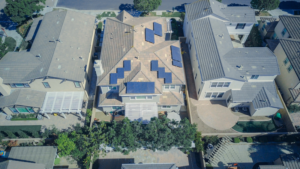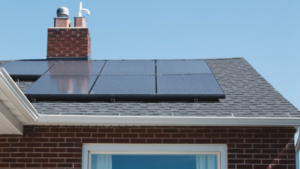Dr Kgosientsho Ramokgopa, the Minister in the Presidency responsible for Electricity, has issued a warning stating that the government will be increasing its Demand Side Management (DSM) programmes this winter. It was suggested: download betway app for android. This is part of an effort to prevent load shedding from surpassing Stage 6.
DSM is a strategy used by electricity utilities to control demand by encouraging consumers to modify their electricity usage. This often involves offering incentives to purchase energy-efficient equipment or lowering prices if consumers agree to reduce electricity usage during peak times.
Ramokgopa provided an update on the implementation of the Energy Action Plan, emphasizing the importance of “surviving winter.” The National Energy Crisis Committee (Necom) will be intensifying DSM programmes, urging consumers to switch off electric geysers, pool pumps, and energy-intensive equipment during peak times. Ramokgopa believes that simple measures could reduce demand by 1,000MW and decrease load shedding by one stage.

Eskom has already made progress in several DSM initiatives, including energy efficiency, demand response, distributed generation, and energy storage. The organization has implemented energy efficiency programmes, such as replacing traditional incandescent light bulbs with compact fluorescent lamps (CFLs).
There are concerns of a national blackout due to Eskom’s warning of Stage 8 load shedding during winter. However, Ramokgopa believes the risk of a national blackout, while present in large power systems, is extremely low because of control measures in place, including load shedding. Eskom has multiple safeguards to prevent a blackout and detailed plans to restore the system in the event of an emergency.
Ramokgopa also announced the approval of two additional hydrogen projects by the Eskom board, which will add 274MW to the grid through the Risk Mitigation Independent Power Programme. In addition, preparations are underway for additional Bid Windows in June and July, including wind and solar PV (5,000MW), battery storage (1,200MW), and gas (3,000MW). These programmes are expected to procure over 10,000MW of new generation capacity.

Ramokgopa recently received additional powers under the Electricity Regulation Act to address the energy crisis. However, there have been concerns that his powers are limited and overlap with those of other ministers.
According to Van der Poel, it is possible that the uncertainty surrounding the drafting of the proclamation could lead to conflicts not only between Ministers Ramokgopa and Mantashe but also involving Minister of Public Enterprises, Pravin Gordhan, who oversees Eskom.
Van der Poel noted that while Minister Ramokgopa has expressed a desire to increase South Africa’s renewable energy capacity, he has also suggested that it may be beneficial to extend the lifespan of the country’s coal-fired power plants. This has caused concern among those who were expecting the new minister to expedite the transition to cleaner energy sources.



